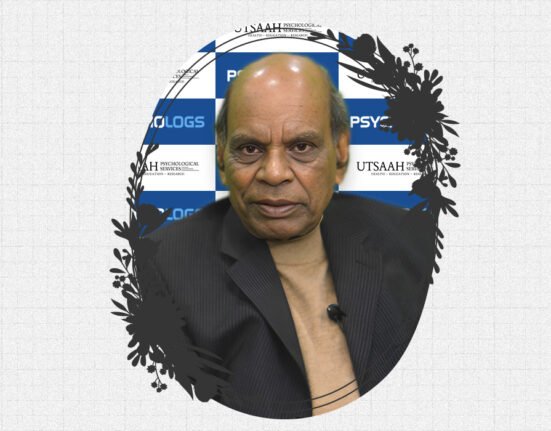The National Institute of Mental Health and Neuro Sciences (NIMHANS), the nation’s leading centre for education in mental health and neuroscience is going to set up the world’s first museum on the brain and mind named “Brain and Mind Museum” to improve awareness about mental health and neurosciences as well as decode the functioning of the brain in Bengaluru.
NIMHANS is working on setting up this museum on its platinum anniversary by integrating its existing “Heritage Museum” and India’s first “Human Brain Museum” into a new facility.
Proposed Technologies in Museum:
The museum seeks to bring together developments in graphic design, animation, virtual reality, and professional knowledge in a variety of areas related to mental health and neuroscience to provide visitors with an interactive experience.
Touch tables, transparent displays, interactive 2D touch screens, augmented reality experiences, virtual reality headsets, virtual reality caves, and haptic devices to let visitors feel 3D things in virtual reality space are just a few of the cutting-edge display technologies that are proposed to be used.
Glimpse on Heritage Museum:
The Heritage Museum was created to mark the hospital’s 160th anniversary and mark the day it was named an Institute of National Importance. The ground floor of the Heritage Museum has 7 interactive zones. Through the use of infographics, artefacts, and narratives, the Museum narrates the history and growth from the era of the Lunatic Asylum in 1850 to NIMHANS. We use Audio, Video to make information, interactive by utilizing digital technologies.
Glimpse on Human Brain Museum:
The Human Brain Museum focuses on medical science and provides the general public with an opportunity to observe both human and animal brains. Doctor S. K. Shankar’s idea for this special museum came to fruition after 30 years of arranging brain donations. This museum is an innovative effort to give visitors a closer look into the anatomy of the brain with different neurological conditions.
The museum has more than 300 human brain specimens on exhibit. Researchers use the brain for pathomorphological investigation in instances of neurodegenerative and psychiatric disorders by formalin-fixing one half of the brain and freezing the other at -86 degrees Celsius.
Future Plans:
The director of NIMHANS, Pratima Murthy, stated that “there are plans to have a holographic zone, as well as an incubation centre for scientists to discuss and experiment with innovative ideas, particularly for mentorship and guidance, socializing, funding support, start-ups, idea approval, research, and promotional activities. Additionally, we are attempting to make the museum accessible online. A travelling exhibition is a different concept under consideration.”
The dean of behavioural sciences at NIMHANS, Prabha S. Chandra, says that “High-end electronic interfaces will be an educational experience on their own and will demonstrate recent advances in technology. The museum will help visitors gain a better understanding of how the brain works normally, how it coordinates motor and sensory processes, how it preserves awareness, how it produces thoughts, actions, and feelings, as well as how changes in the brain’s functioning can occur due to trauma, drug use, and way of life













Leave feedback about this